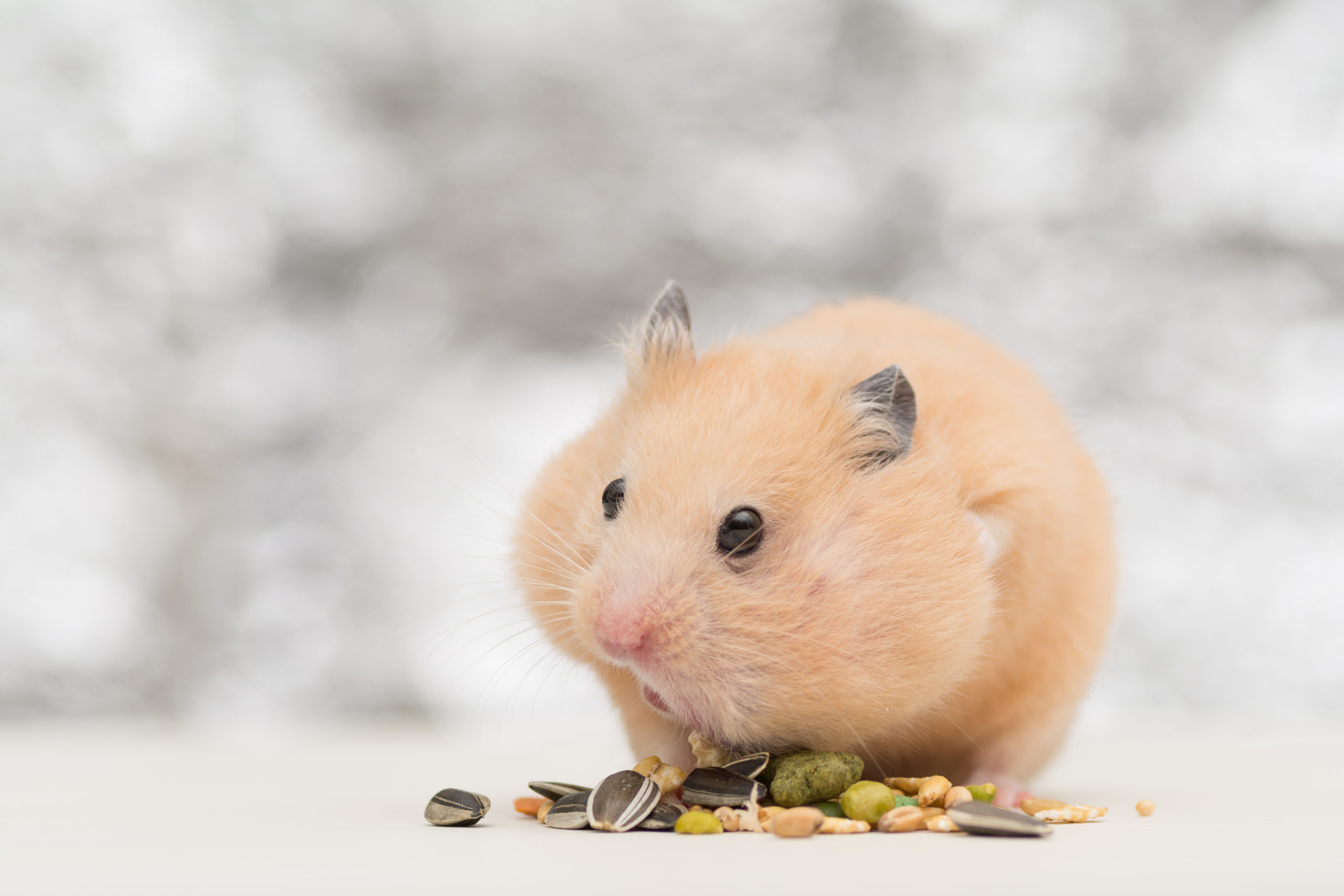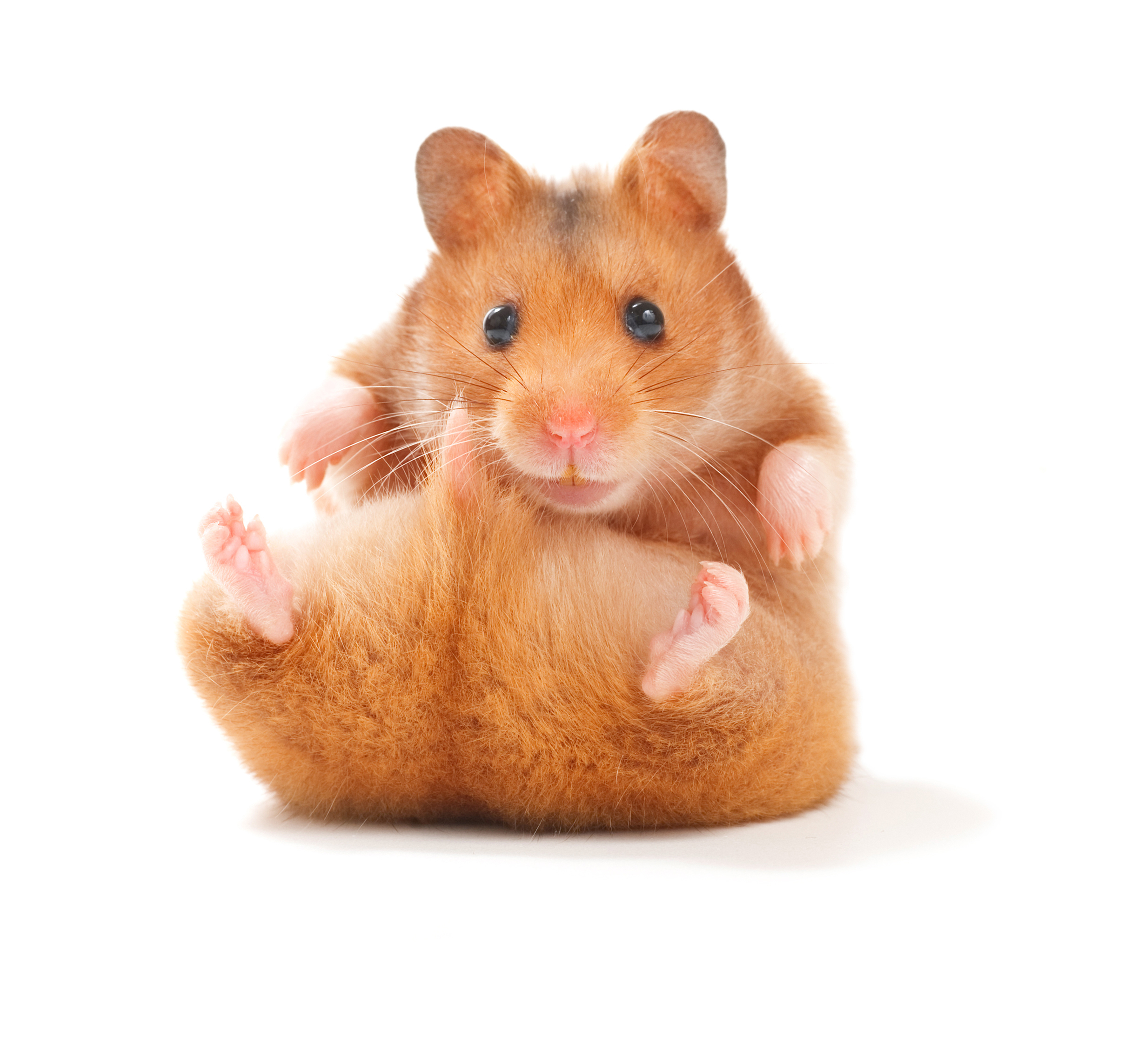Hamsters are tiny, but their anatomy has some fantastic features to help them get through their day. Hamster anatomy awareness is essential for you to provide the best care for them. Let’s get started!
Cheeks: Portable Pantry
Did you know hammy cheeks are expandable and stretch from their jaw to their shoulder? This is because when they find food, they can store it in these saliva-free pouches. The cheeks are also lined with coarse skin to keep the food from falling out.
Why are these cheek pouches handy for your hamster? Obviously, the hamster’s cheeks pouches allow them to transport a lot of food back to their burrow. The other pawsitive aspect is they can make one big food forage trip, limiting their exposure to predators.
Teeth
Hamster teeth are handy tools that make their lives easier. They never stop growing and are used for chewing food. Hamster teeth also help renovate their living quarters, including making bedding for their nests.
Eyes & Whiskers
Like other rodents, hammies have poor vision, but their excellent memory aids them in remembering where they are. In addition, hamster eye placement is vital to detect predators, and the only colors they see are black and white. Finally, hammies have three eyelids.
Hamster whiskers’ abilities make up for their crappy eyesight. As they are most active at night (bright sunlight makes them essentially blind), this part of hamster anatomy helps them navigate their environment safely.
Click the hamster wheel for a cute anatomy video!
Hands & Feet
As wild hammies live in underground burrows, their chubby hands and feet turn hamsters into talented excavators. While they also dig tunnels to connect the different dens, the tiny claws on their hands also facilitate fearless climbing. Hamsters climb to get away from predators and to find food.
The Tail & Its Connection to Gender
Depending on which breed of hamster you have, a hamster may appear not to have a tail. Additionally, a hamster's long fur may cover its tiny tail. The hamster with the most extended tail is the Chinese Dwarf. Most hamster tails are 1/16th of a hamster’s length, but the Chinese Dwarf’s tail is the same length as its body.
Hamster tails are helpful to humans in determining their gender. An adult female has a thin and streamlined tail line. Male hammies have bulges on either side of their tail line.
Hamsters are perfectly designed for underground life. Their compact and stout bodies adapted to their needs in the wild. Now that you’re more familiar with hamster anatomy, keep an eye on your hammy to ensure they’re healthy and hoppy. If you suspect something is wrong, check with your trusted exotic vet right away. Like other prey animals, hamsters excel at hiding illness, so they don't show weakness to predators.
DISCLAIMER: The links and information are being provided as a convenience and for informational purposes only; they do not constitute an endorsement or an approval by Small Pet Select of any of the products, services or opinions of the corporation or organization or individual.
Want to learn more about hamsters, gerbils, and mice? Check these out!
Adopt, Don't Shop: What to Expect










